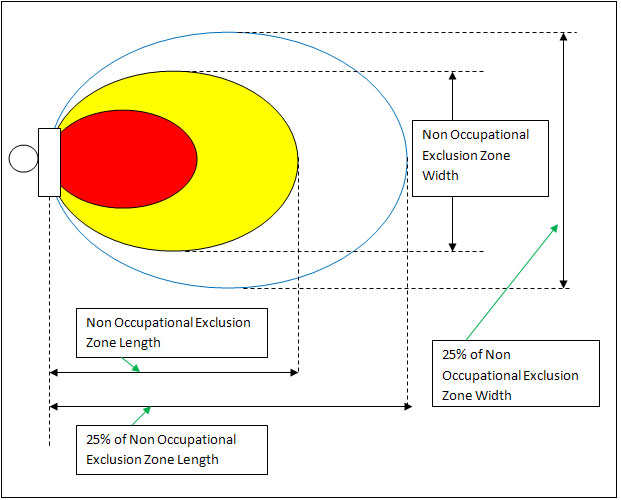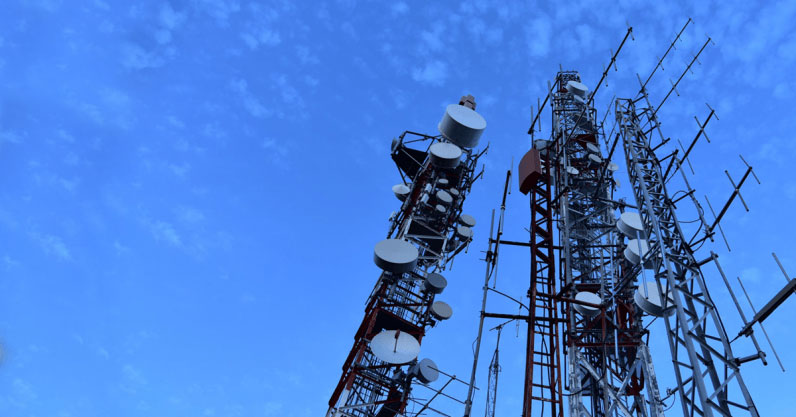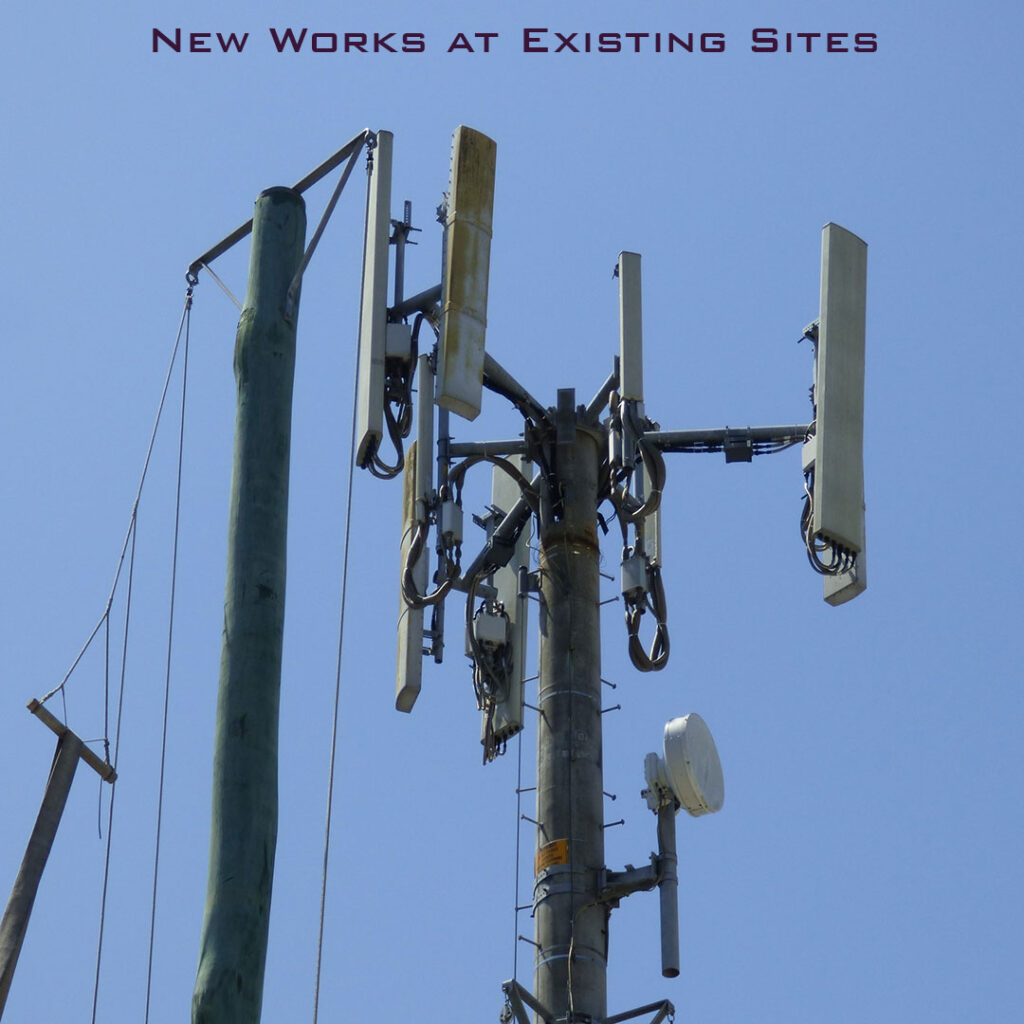Blog
Understanding the EME Reporting Process: A Comprehensive Guide

Environmental Electromagnetic Energy (EME) reporting is a critical aspect of managing telecom infrastructure, ensuring compliance with safety standards, and protecting public health. The EME reporting process involves calculating and documenting the levels of EME around wireless base stations and small cells. In this blog post, we’ll provide a comprehensive guide to the EME reporting process, highlighting key steps and best practices.
What is EME Reporting? EME reporting involves calculating the maximum levels of radiofrequency (RF) electromagnetic energy (EME) around existing and proposed wireless base stations and small cells. This process ensures that EME levels are within the limits set by regulatory bodies, such as the Australian Radiation Protection and Nuclear Safety Agency (ARPANSA).
Why is EME Reporting Important?
- Safety: Ensuring that EME levels are within safe limits protects individuals from harmful exposure to RF fields.
- Compliance: Regulatory bodies require EME reports as part of the approval process for telecom infrastructure projects.
- Public Confidence: Transparent reporting builds public trust and demonstrates a commitment to safety and compliance.
Key Steps in the EME Reporting Process:
- Site Assessment:
- Conduct a thorough assessment of the site to identify potential sources of EME.
- Gather necessary tools and equipment for EME measurements.
- EME Measurements:
- Use specialized equipment to measure EME levels at various points around the base station or small cell.
- Compare measured EME levels with the limits set by ARPANSA.
- Documentation:
- Record all findings in detail, including the location of measurements and the corresponding EME levels.
- Include photographic evidence of the site and any relevant infrastructure.
- Report Submission:
- Compile a comprehensive EME report, including all measurements, calculations, and documentation.
- Submit the report to the relevant regulatory bodies and stakeholders for review.
- Follow-Up Actions:
- Address any identified issues promptly, following regulatory guidelines and best practices.
- Schedule follow-up inspections to verify that corrective actions have been effective.
Best Practices for EME Reporting:
- Regular Training: Ensure that all personnel involved in EME reporting are trained and up-to-date with the latest guidelines and standards.
- Use of Technology: Leverage modern measurement tools and software to enhance accuracy and efficiency.
- Collaboration: Work closely with other teams and stakeholders to address issues and improve overall site performance.
Conclusion: Understanding and implementing the EME reporting process is vital for maintaining the safety and compliance of telecom infrastructure. By following the steps and best practices outlined in this guide, you can ensure accurate reporting and protect public health.










